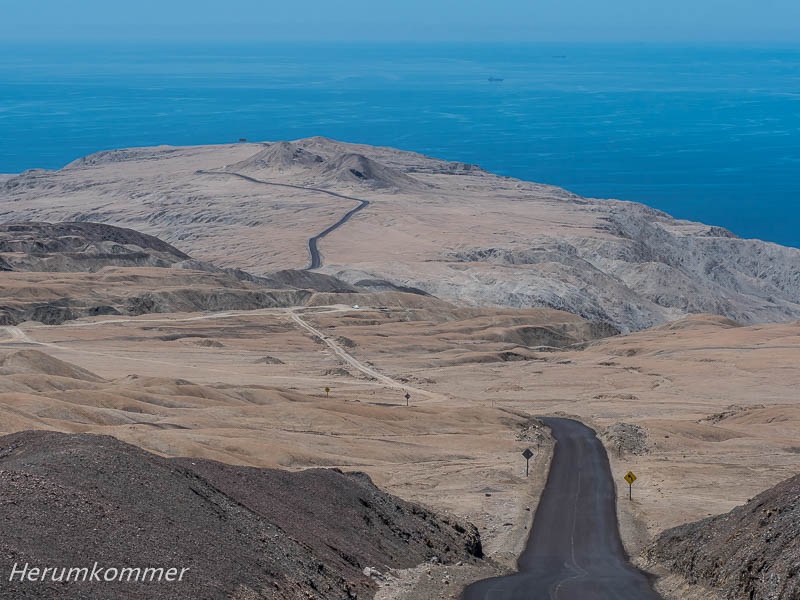
Von Mejillones aus sind wir über eine atemberaubende Passstraße durch völlig nackte Berge zum Punta Angamos gefahren. Hier wächst kein Grashalm. Dies ist absolute Wüste, wie wir sie seit Tagen immer wieder sehen. Der Aussichtspunkt ist offensichtlich bei Chilenen beliebt, u.A. wegen zwei Kanonen aus dem 20. Jahrhundert, die hier rosten. Wir haben hier nicht nur schöne Aussichten über das Meer, über diverse Schiffe, die in der Bucht auf Reede liegen, und den kleinen Leuchtturm. Wir verbringen hier auch eine außerordentlich ruhige Nacht, völlig allein, nach einem traumhaften Sonnenuntergang über dem Pazifik.
Desert with sea view
From Mejillones we drove over a breathtaking pass road through completely bare mountains to Punta Angamos. Not a blade of grass grows here. This is absolute desert like we’ve been seeing for days. The viewpoint is obviously popular with Chileans, e.g. because of two 20th century cannons rusting here. Here we not only have beautiful views over the sea, over various ships that are anchored in the bay and the small lighthouse. We also spend an extraordinarily quiet night here, completely alone, after a gorgeous sunset over the Pacific.
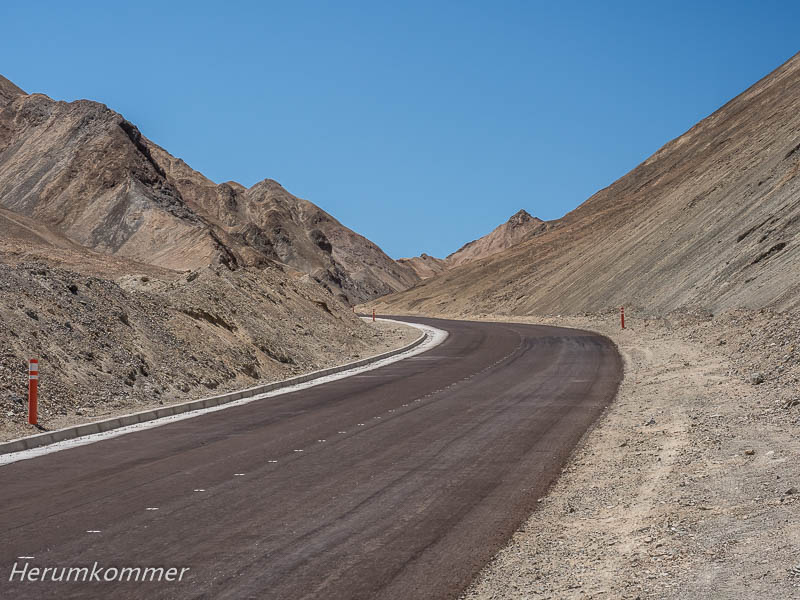
.
.

.
.

.
.
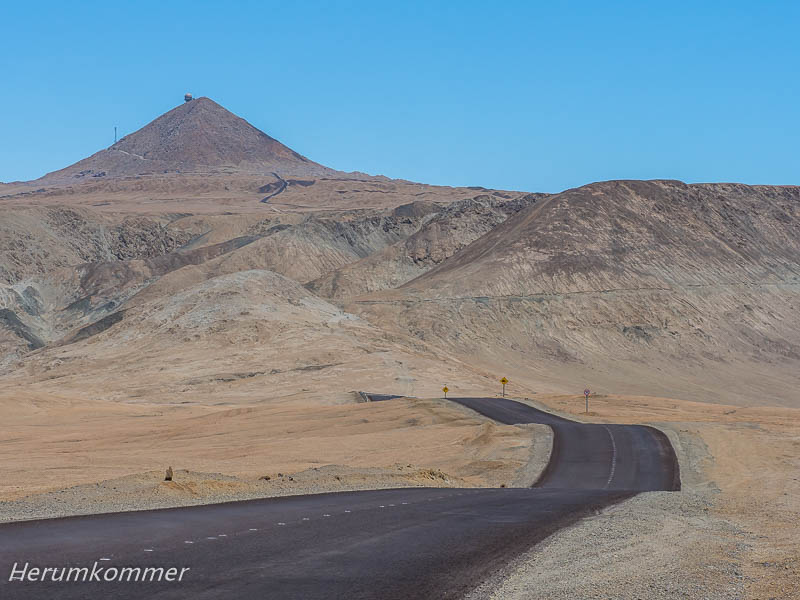
.
.

.
.
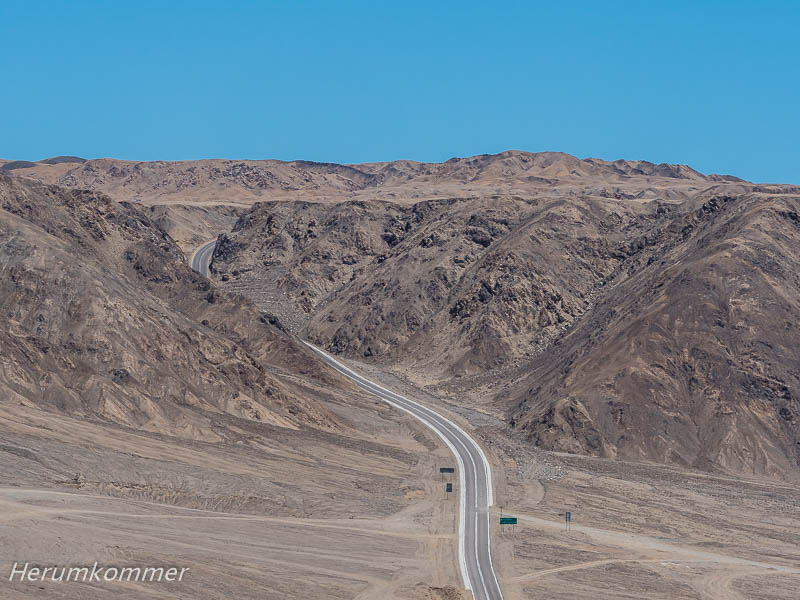
.
.

.
.

.
.
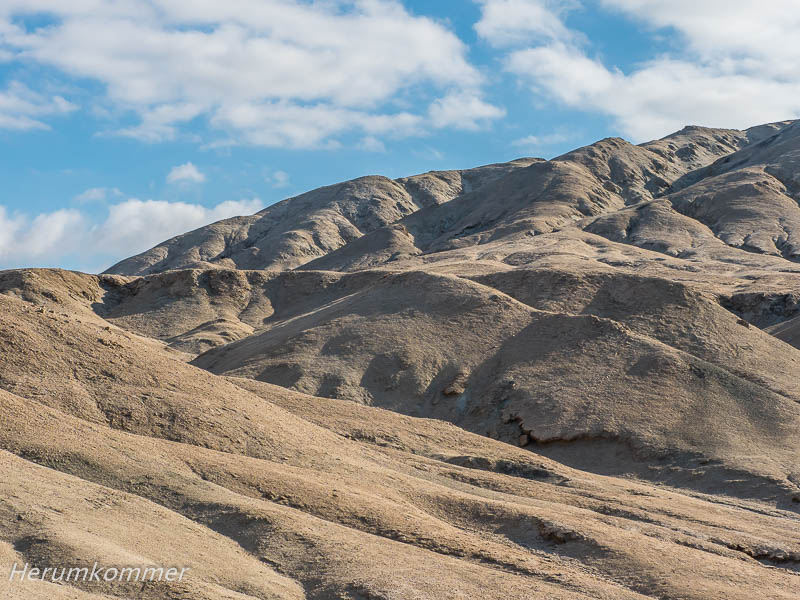
.
.
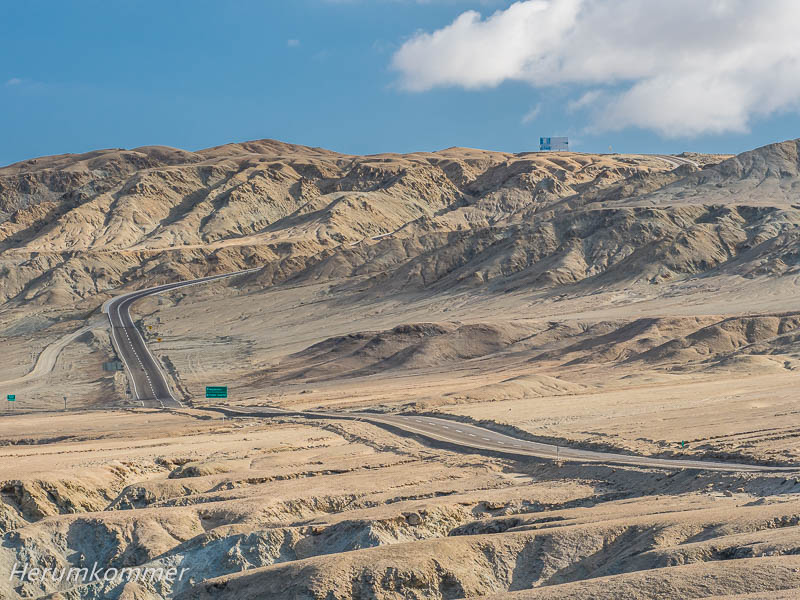
.
.

.
.
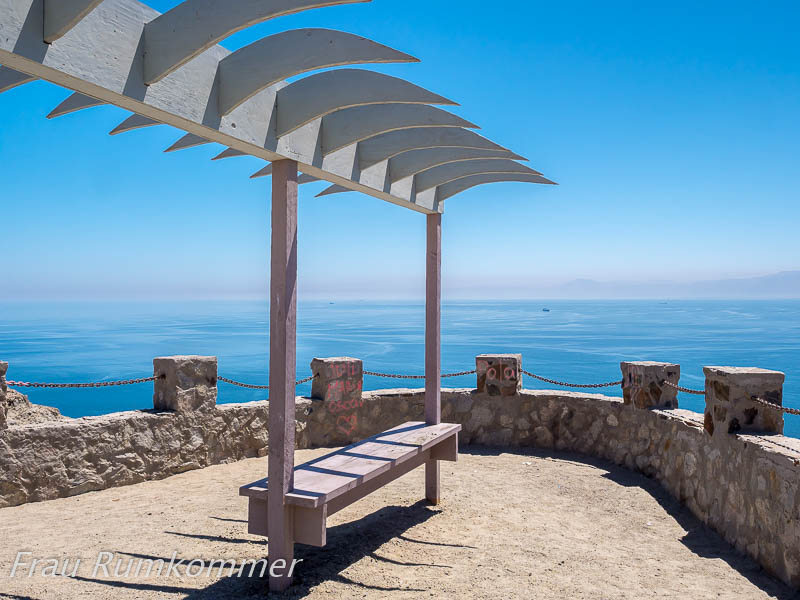
.
.
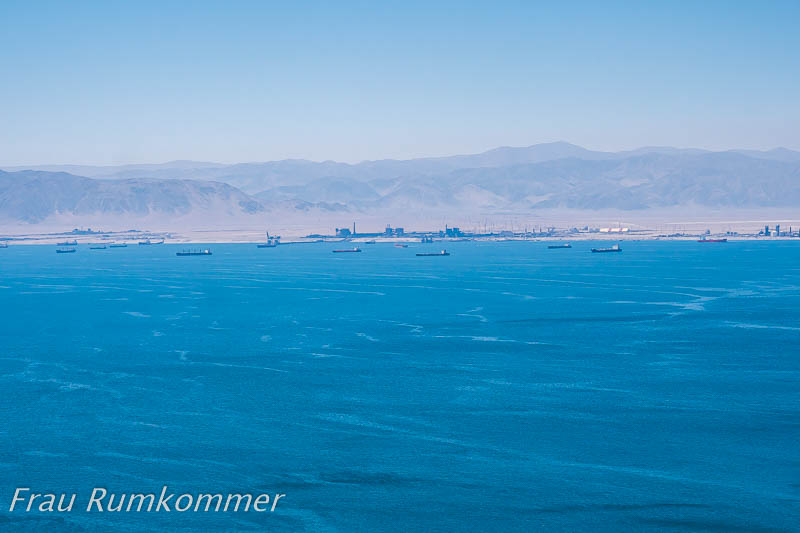
.
.

.
.

.
Ja, ein Traum! 😀
Wow, that sounds like an incredible adventure! It’s amazing to think about the stark contrast between the lush greenery that we often associate with scenic viewpoints and the barren, desert-like landscape that you encountered at Punta Angamos. I can only imagine how striking it must have been to see those two rusted cannons against such a stark backdrop.
But I’m curious – were there any signs of life at all in that area? Even in the most barren deserts, there are often tiny, hardy plants or animals that have adapted to survive in the harsh conditions. Or was it truly completely devoid of any signs of living things?
Well, the guns didn’t interest us very much. It’s bad enough that we have a war going on in Europe at the moment.
In fact, we didn’t see any vegetation there. Further south, near Huasco, there were flowering cacti (see blog post ‚Die Wüste blüht‘ / ‚The desert blooms‘). And occasionally we came across oases, e.g. along the Ruta CH-31 (see blog post ‚Abstecher in die Wüste‘ / ‚Side trip into the desert‘) or near the Salar de Pedernales (see blog post ‚Eselstal‘ / ‚Donkey Valley‘).
The further north you go into the Atacama Desert, the drier and more hostile it becomes.